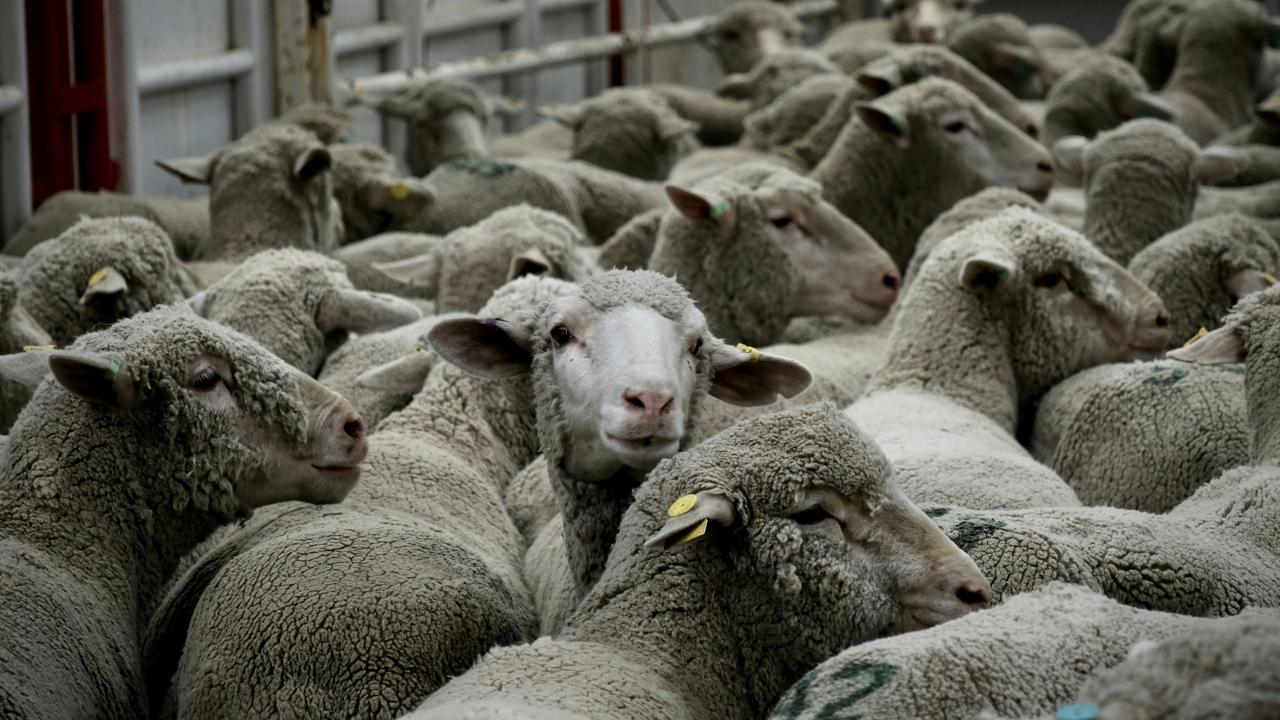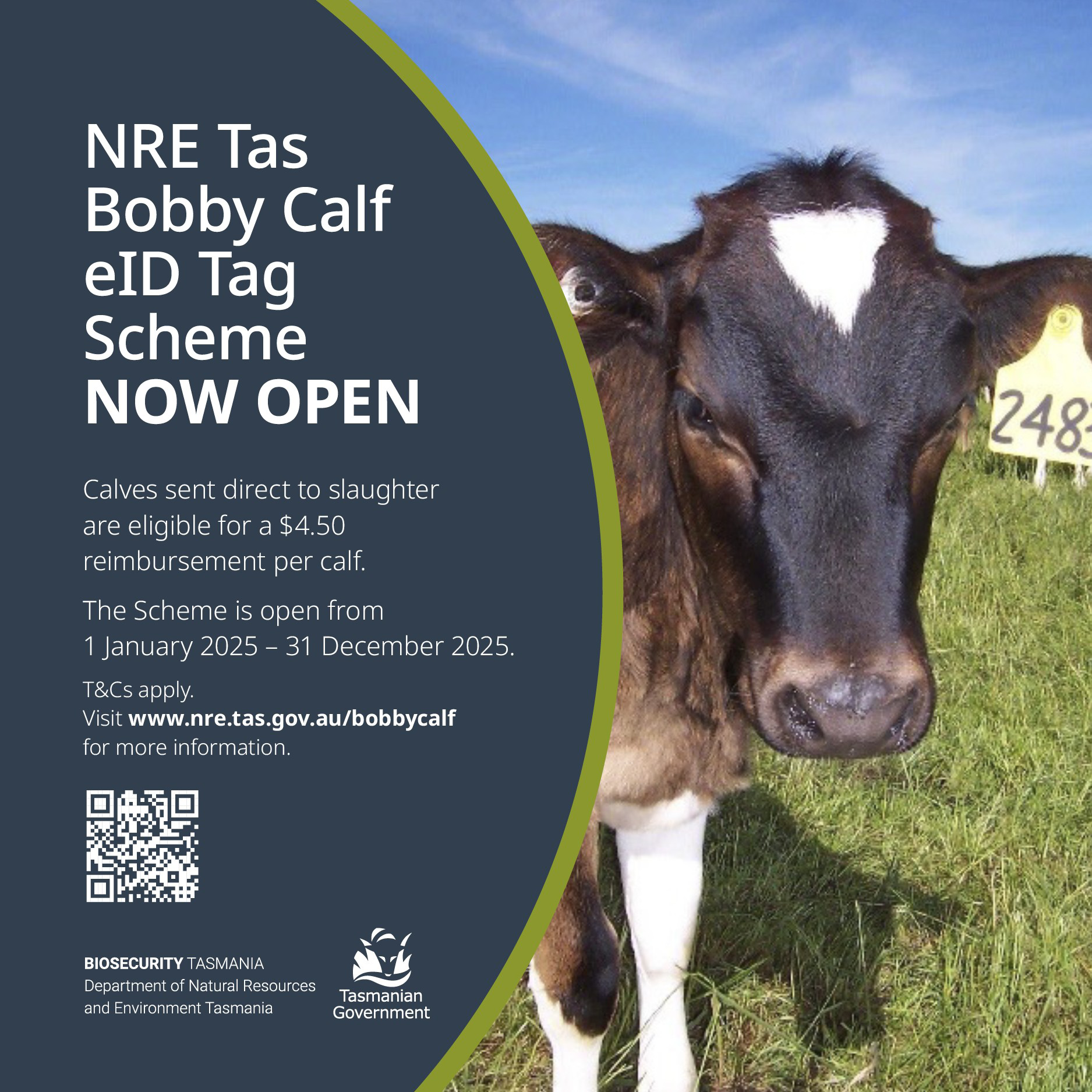Lambs hit new heights as saleyard records tumble

TASMANIAN livestock producers can say goodbye to years of low prices with the market reaching new heights nationwide.
Heavy lambs reached a record $431 a head last Friday at the Griffith sale yard in New South Wales on top of Wagga Wagga reaching $424.20.
Fat lambs in Tasmania are typically younger and smaller compared to interstate so a sale price of $366 per head paid for one of the heavier pens was also a record at Powranna last Tuesday.
With a smaller yarding of 1624 lambs (down 1317 from the last sale), and the majority being light, unfinished lambs, demand was high for the few heavy lambs on offer.
Prices ranged from $260-288 per head. The trend continued on Tuesday with two pens of prime lambs from Western Junction farmer Malcolm Dean fetching $340 per head.
Multiple pens cracked the $300 mark.
With sheep and lamb prices up significantly on this time last year there are concerns that more maternal ewe lambs will be sent into saleyards to take advantage of the extreme rates, and that processors might soon wind back operations in response to lower supplies.
Consumers can also expect to see price increases ahead.
Lake House at Cressy farm manager Frank Archer (who is about to join the Nutrien livestock agent team) sent some of his own lambs to Powranna last week on the back of high prices the week before and he was pleased to get $288, compared to $230 in the past.
“Most of ours have been going over the water to herds but I had to take some mutton to market and decided to fill the trailer up with lambs and see how it goes,” he said.
“It’s good to see prices up and it won’t be here forever and there needs to be a happy medium for producers and consumers – last time this happened people just stopped buying it because it became too expensive at the supermarket.”
Nutrien livestock agent Warren Johnston said supply is typically lowest in winter, driving prices up before easing with the new-season lamb arrivals in spring.
“However, we hit new territory in record prices nationally last week, it’s a market we last saw about three years ago but it’s eclipsed that too,” he said.
It’s supply and demand and, of course, Tasmania has a 50c per kilo barrier to interstate prices due to Bass Strait freight costs.
“That equates to $10 per head on average so that price differentiation between our sales and mainland sales is normal.
“Mainland lambs are usually about three months older, have been grain-assisted with feeding and are extremely heavy weight, about 100kg light weight which is massive – we just don’t grow out lambs out to that weight here plus our breeding is a bit different.”
Mr Johnstone said increased demand in the US and Japan was the biggest catalyst for better prices.
“Going back 15 years the American’s on average ate about 200g of lamb per year, which isn’t much, and that has more than doubled now,” he said.
“Japan and China, which like America have been more interested in beef and Wagyu, has discovered lamb as an alternative and the younger Asian demographic in particular are eating it like never before.
“The increase in exports is what’s driving up demand the most across the board, plus winter time is also when locally everyone turns to lamb for hearty winter meals.”
Mr Johnstone said the lamb market was expected to stay positive for the next couple of years, with the number of aged or in-lamb ewes being slaughtered due to dry conditions set to impact availability going forward.
The story is similar with beef, with the female kill in the national beef herd reasonably strong, affecting supply in coming years.
A decent spring break in the weather could see beef prices double.
“It’s a good time to be a livestock breeder if you have the feed,” Andrew said.
“It’s a bit of a catchup for those who have been doing it tough on the back of pretty ordinary pricing.”




Add new comment